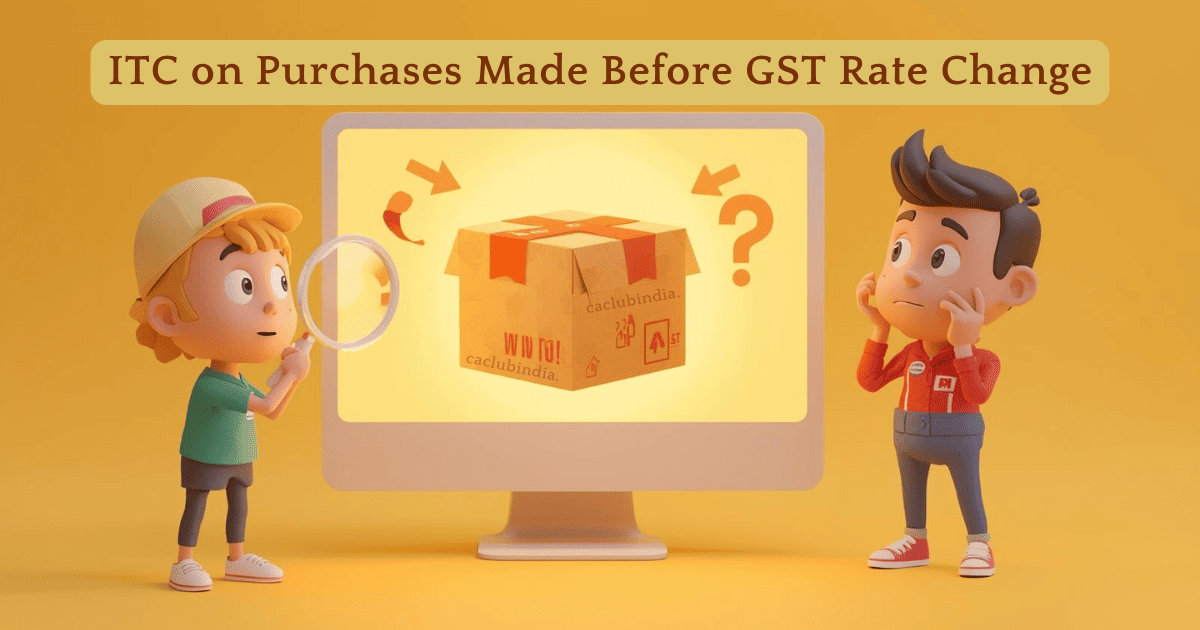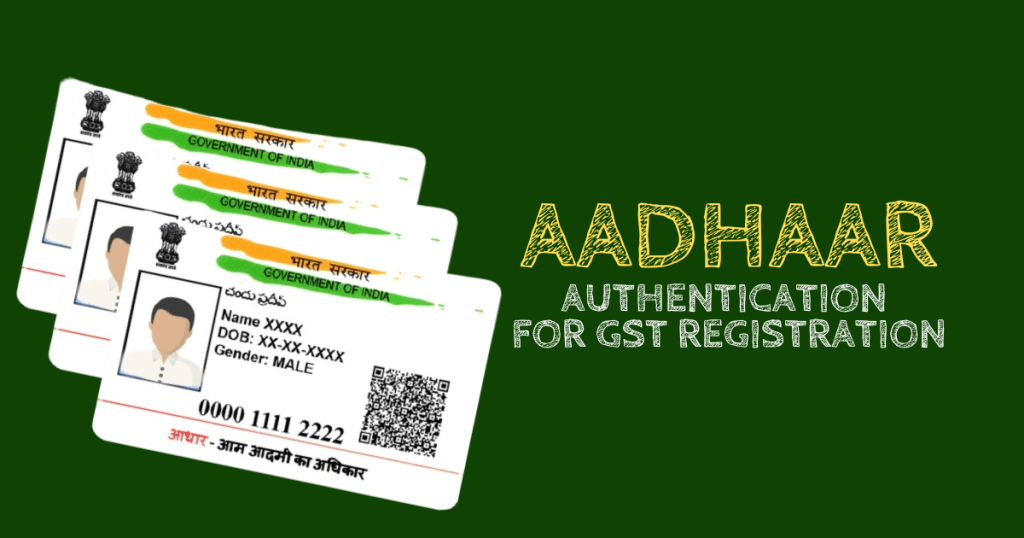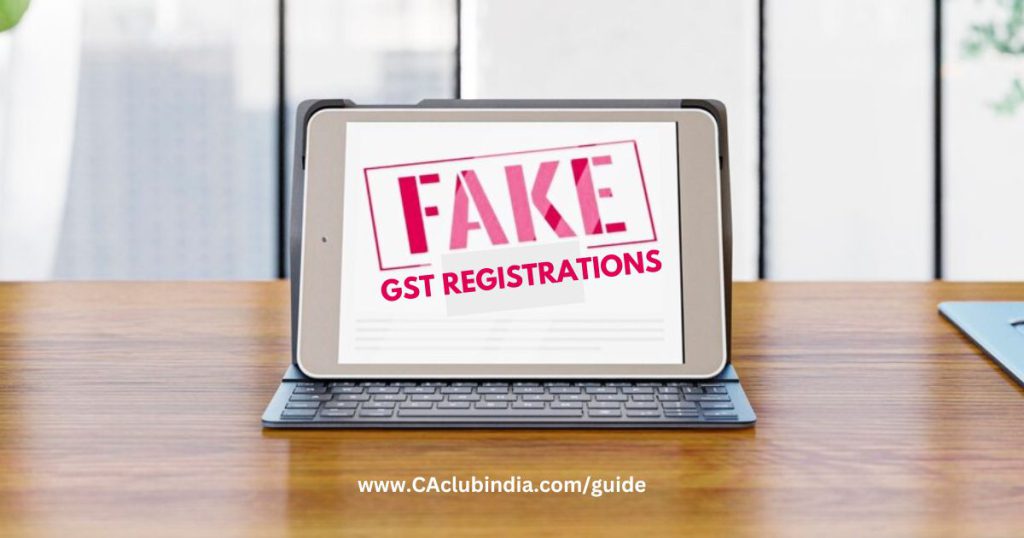The Goods and Services Tax (GST) Council’s decision to simplify the tax structure into two slabs (5% and 18%), effective from September 22, 2025, has sparked questions about Input Tax Credit (ITC) on purchases made before the rate cut. Businesses must understand how to handle ITC on old stock to ensure compliance and optimize cash flow.
ITC on Pre-September 22 Purchases
Businesses can continue to claim ITC on purchases made before September 22, 2025, provided the tax was correctly charged at the time of purchase. This means that the ITC accumulated in the electronic credit ledger remains valid for future tax liabilities. The reduction in GST rates from 18% to 5% does not trigger a reversal of ITC, as the supply remains taxable, albeit at a lower rate
Reversal of ITC: When Is It Required?
Section 18(4) of the Central Goods and Services Tax Act, 2017 states:
“Where any registered person who has availed of input tax credit opts to pay tax under Section 10 or, where the goods or services or both supplied by him become wholly exempt, he shall pay an amount, by way of debit in the electronic credit ledger or electronic cash ledger, equivalent to the credit of input tax.”
ITC reversal becomes necessary under specific circumstances:
- Exemption of Goods/Services: If a product or service that previously attracted GST is moved to the exempt category (e.g., certain healthcare products), businesses must reverse the ITC on such items.
- Opting for Composition Scheme: Businesses choosing the composition scheme are required to reverse the ITC on their existing stock.
However, a mere reduction in GST rates does not necessitate ITC reversal, as the supply remains taxable.
Impact on Existing Inventory
With the GST rate cuts, businesses holding inventory purchased at higher rates (e.g., 12% or 28%) may face challenges:
- Inverted Duty Structure (IDS): If the input tax rate exceeds the output tax rate, businesses may accumulate excess ITC, leading to cash flow issues.
- Product Repricing: To remain competitive, businesses might need to adjust the selling prices of their existing stock to align with the new tax rates.
For instance, the textile and apparel sector, where products priced below ₹2,500 now attract a 5% GST (down from 12%), faces challenges in fully utilizing the ITC on unsold stock purchased at the higher rate.
Examples on each Case
Example 1 – ITC Can Still Be Claimed
Situation:
A retailer purchased 1,000 units of kitchen appliances in August 2025 when GST was 18%. The invoice shows ₹18,000 as tax paid.
After GST rate cut:
From September 22, 2025, the GST on the same appliances is reduced to 12%.
What happens:
The retailer can still claim the ₹18,000 as ITC because the tax was paid correctly at the time of purchase.
The reduced rate doesn’t affect the ITC already booked.
Example 2 – No Reversal Required
Situation:
A wholesaler purchased clothing worth ₹5,00,000 in July 2025 with 12% GST, i.e., ₹60,000 input tax credit.
After rate cut:
For items below ₹2,500, GST is now reduced to 5%.
What happens:
Even though the selling price is taxed at a lower rate, the wholesaler can still use the ₹60,000 ITC to adjust tax liability while selling the stock.
There is no need to reverse the ITC just because the rate changed.
Example 3 – ITC Must Be Reversed
Situation:
A manufacturer holds stock of medical equipment purchased at 18% GST before the rate cut. After September 22, 2025, these items are fully exempt from GST.
What happens:
Since the product is no longer taxable, the manufacturer must reverse the ITC on this stock.
For example, if ₹10,000 ITC was booked on these items, that amount cannot be used and must be added back to taxable income.
Example 4 – Switching to Composition Scheme
Situation:
A small business opts for the composition scheme after the GST revision.
What happens:
It must reverse the ITC on stock purchased earlier because the composition scheme does not allow input credit.
Example: ₹20,000 ITC booked earlier must be reversed when moving to the new scheme.
Key Takeaways
ITC on old purchases remains valid: Businesses can claim the Input Tax Credit on purchases made before the GST rate cut, as long as the tax was properly paid at the time of purchase.
Rate cuts don’t trigger ITC reversal: A reduction in GST rates does not require businesses to reverse ITC for taxable supplies that continue to attract GST.
Reversal needed only in specific cases: ITC must be reversed if:
- The product or service becomes fully exempt from GST.
- The business opts for the composition scheme.
Inverted duty structure may arise: A lower GST rate on sales compared to the higher tax paid on inputs may result in excess ITC, potentially impacting cash flow.
Careful inventory management is essential: Businesses should assess stock purchased at higher tax rates and plan pricing, discounting, or utilization strategies accordingly.
FAQs
Yes. As long as the tax was paid correctly at the time of purchase, businesses can continue to claim Input Tax Credit on old stock, even if GST rates are now lower.
No. A simple reduction in the GST rate does not require businesses to reverse the ITC, provided the goods or services remain taxable.
IDS happens when the input tax rate is higher than the output tax rate. This can lead to accumulated ITC that cannot be used immediately, potentially affecting cash flow.
Yes. Businesses that choose the composition scheme must reverse the ITC on existing stock because composition scheme dealers are not allowed to claim input tax credit.
Assess stock carefully, plan pricing and discounting strategies, and ensure that excess ITC is utilized efficiently to avoid financial strain.


